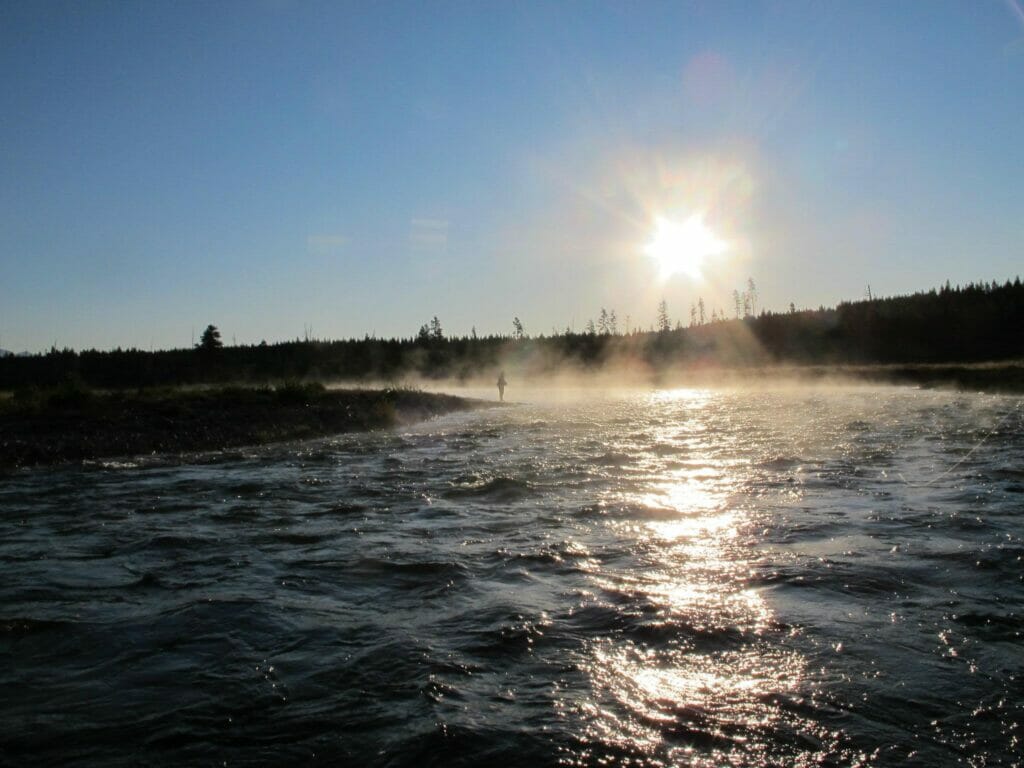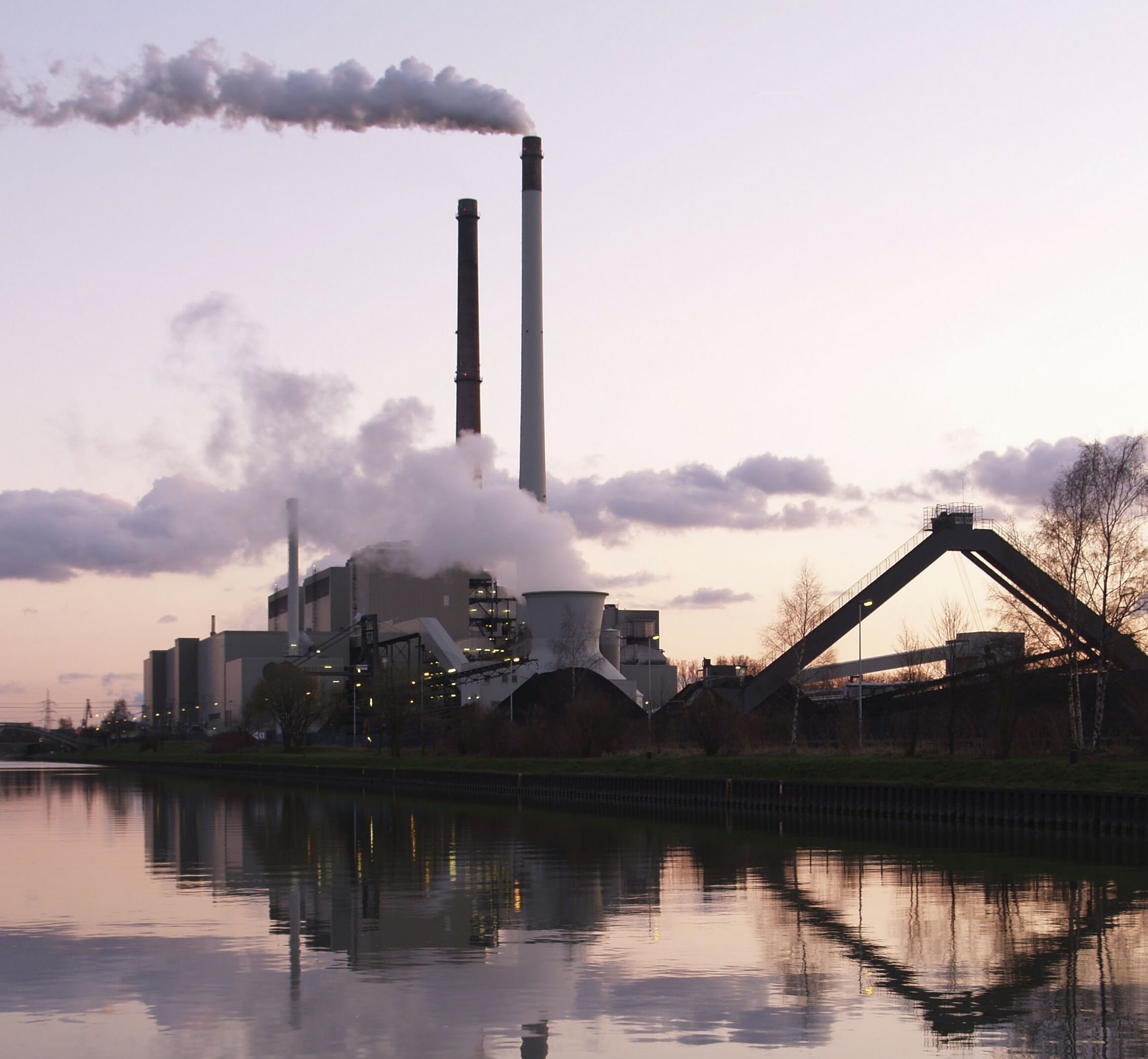Limited driving and reduced coal consumption around the world reduced air pollution and illustrated that changes in behavior could lead to lasting results
By Jim Wilson
I live in a land without trout streams, so fishing locally during the first two months of the coronavirus pandemic meant no trout fishing. COVID-19 related closures kept me off the streams until mid-May.
The first time I headed out the free-flow driving conditions around the Washington, D.C., and Baltimore beltways was kind of shocking. Unfortunately, I wasn’t the only one thinking of fishing. As I approached my destination it became clear everyone else had the same idea — the parking lots along the Gunpowder River were full.
The pleasant urban travel experience and clear blue skies I encountered lead me to wonder how much air pollution and greenhouse gas emissions were changing during the quarantine. Drawing from my own expertise as an environmental consultant, I did a little research to figure out how the quarantine changed things.

For perspective, before the COVID-19 pandemic of 2020, emissions of carbon dioxide (CO2) were rising globally by about 1 percent per year for the last 10 years, with no growth during 2019. Renewable energy production was expanding, but because much of the renewable energy was being deployed alongside fossil energy, it did not replace it.
Government stay-at-home orders and various international border closures during the first months of the pandemic drastically altered energy demand and reduced travel around the world. A recent paper in Nature Climate Change estimates that daily global CO2 emissions decreased by 17 percent by early April 2020 compared with mean 2019 levels. Just under 50 percent of the changes were attributable to vehicle travel.
At their peak, emissions in individual countries declined by 26 percent, on average. The effect on 2020 annual greenhouse gas (GHG) emissions depends on the duration of the shutdowns, with a low estimate of a 4 percent decline if pre-pandemic conditions returned by mid-June 2020 (clearly not the case), and a high estimate of 7 percent if some restrictions remain worldwide until the end of the year. Note that the above estimates were made based on what the authors termed a confinement index. The confinement index used a scale of 0 to 3 and allocated the degree to which normal daily activity was constrained for all or part of the population for each geographic area (i.e., country).
Because the CO2 emission estimates in the Nature Climate Change analysis were based on surrogate data (the confinement index), it is useful to examine U.S. Department of Energy estimates of energy consumption and resulting carbon emission estimates for the first three months of 2020. These data show that CO2 emissions in the United States from energy consumption in March 2020 were down 14 percent from year-earlier values.
Forty–

Another way to look at behavioral changes during the pandemic is via measured air pollution levels. Nitrogen dioxide (NO2) levels from March 15-April 15 of 2020 were 30-40 percent lower than the average concentrations during 2015-2019 in the mid-Atlantic States. Similarly—outside the U.S.—in India, NO2 levels of 2020 were 30-60 percent lower than the average from 2017-2019, with some of the highest reductions in densely populated areas with the strictest stay-at-home orders. NO2 is a good indicator of activity in both the power and transportation sectors because it is a product of fuel combustion.
Traffic data for the Washington, D.C., metro area show that traffic was reduced by 36 percent by March 20t, with a 53 percent reduction by April 24 (compared with a February control group). National passenger vehicle travel was at 40-60 percent of typical vehicle miles traveled during April 2020. Plus, cities like Washington and Boston achieved free-flow speeds throughout weekdays, which is about 15 mph faster than typical—with attendant time savings. Energy demand analyses for the mid-Atlantic region show electricity consumption during April was reduced by 4-6 percent during weekends, and 8-12 percent weekdays. These activity data suggest that most of the reduced NO2 is attributable to vehicle travel changes, even if further analyses of air pollution levels are needed to parse the effects of weather during 2020 compared with other years.
So, what does the above mean for us, and where do we go from here to reduce global GHG emissions and meet climate goals?
For the power sector, we still need to push for a carbon fee and dividend policy such as in HR 763 (the Energy Innovation and Carbon Dividend Act) as TU is currently doing. Without such a policy, while there may be still be a trend away from coal to natural gas, GHG emission reductions with natural gas generation are too modest to meet our targets. The states with carbon reduction programs will also see some shifts to renewable energy sources for electricity generation.
Work-from-home mandates during the pandemic have shown how quickly we can reduce transportation sector GHG emissions, but it remains to be seen whether this is a short-term effect. Many employers are re-thinking the need for their employees to commute to an office and to meet in-person; if they continue to support working from home, both vehicle and airline travel declines may be maintained longer-term. Where employees simply need to go to work in-person there are challenges associated with operating transit systems safely in the near-term, with commuters preferring to drive their own cars to avoid exposure to COVID-19. We need to address this issue so that more commuters can safely use public transit or encourage biking/walking to work wherever possible when people must be in an office.
As an angler who feels climate change is one of the gravest threats of our time to the trout I love, it is heartening to see how substantially we can change our emission trajectory, even if the cause it not something any of us would wish for.
Still, as perhaps one silver lining of all of this, there is broad optimism that the work-form-home model will be more widely accepted and we will continue to realize these gains.
For me, I think I just need to move closer to a trout stream.
Jim Wilson is the former president of an environmental consulting firm and a TU volunteer from Virginia. He also serves as a volunteer member of Trout Unlimited’s Climate Change Working Group.



